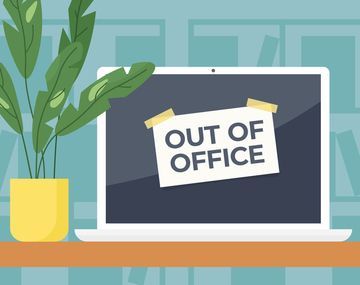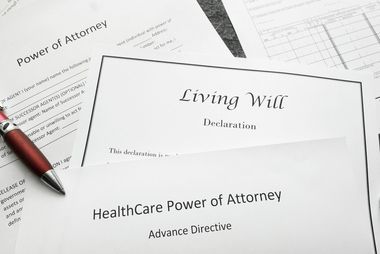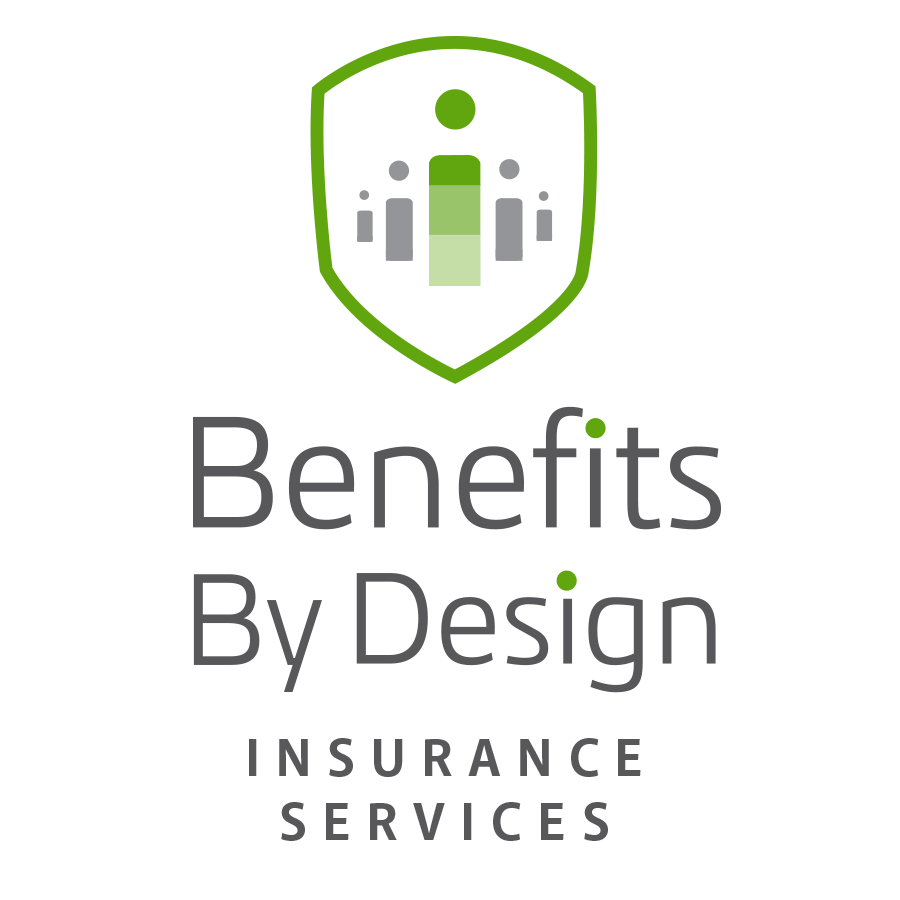What's New with 401(k) and Similar Plans?
SECURE 2.0 Act Impacts

A 401(k) plan is an employer-supported way for employees to put money toward retirement in a tax-advantaged manner. For years, employees have saved money for their future via 401(k) plans, but ever since the SECURE 2.0 Act, a handful of changes to 401(k) plans significantly assist both employers and employees alike.
What are the up-to-date rules? Let's take a look at the different types of 401(k) and retirement account options.
529 plans and Roth individual retirement accounts
Any funds that are placed in a 529 plan are eligible for transfer into a Roth IRA without any tax responsibilities or penalties. However, please note that this only applies to 529 plans that have been open for a minimum of 15 years. Additionally, the money you plan to roll into the Roth IRA must have been held in the 529 plan for no fewer than five years.
Also, keep in mind that any money that you roll over from a 529 plan into a Roth IRA is subject to the annual Roth IRA contribution limit. It is also subject to a lifetime cumulative maximum of $35,000 of transfers from a 529 plan to a Roth IRA.
Ultimately, rolling over money from 529 plans to Roth IRAs is intended to make it easy for people who have 529 plan money that they do not need to put toward educational plans after all. Instead, you can simply apply it to your retirement savings balance without having to pay income taxes or 10% of the amount in tax-related penalties.
Starter 401(k) plans
Starter 401(k) accounts streamline the cost of establishing 401(k) accounts and handling the administration process for small businesses because they exist as an option for those that want to extend retirement savings opportunities to employees. Additionally, there is no employer contribution requirement, but there is a $6,000 annual limit paired with a $1,000 catch-up contribution, which is applicable at the age of 50.
Note that your business is able to open a starter 401(k) even if your company once offered 401(k) plans prior to terminating the offer and you have yet to reinstate a 401(k) benefit within the past 12 months, or your firm previously had an IRA via a mandated state-sponsored retirement program that you found to be far too complex to manage.
401(k) withdrawal penalties
When you withdraw money from a 401(k) account, you often have to accept a 10% penalty if you take out the money before you are 59-1/2 years old. You will also owe taxes on the funds you withdraw.
However, if employees have experienced a personal or family finance-related emergency, they can withdraw up to $1,000 per year while simultaneously avoiding the regular 10% penalty imposed on early 401(k) withdrawals.
They also have to repay any withdrawals they took out, though it is important to note that withdrawals under these circumstances are still subject to taxes. For survivors of domestic abuse who are under the age of 59-1/2, a withdrawal limit of either $10,000 or 50% of the total amount of money in their 401(k) account applies for those who wish to take out money without paying the 10% early distribution penalty fee.
If you have employees who make post-tax Roth IRA contributions and have no more than $2,500 in their account, you can extend an automatic enrollment offer for an emergency workplace account. Eligible employees may make withdrawals from this account at least once per month without needing to prove that an emergency has popped up prior to making the withdrawal.
Annual savings limits
In 2024, employees can now contribute up to $23,000 per year toward their 401(k) accounts. The annual limit was $22,500 as of 2023, but the IRS increased the maximum savings contribution by $500 this year.
Employees who contribute to other workplace savings plans — including 403(b) plans, most 457 plans and the federal government's Thrift Savings Plan — can also take advantage of this higher ceiling. Keep in mind that limits change year to year, so this may not be true come 2025.
Even so, currently, the total amount of employer and employee contributions is the lesser of 100% of your compensation or $69,000. Also, if you, as an employee, earn no more than $60,000 per year, you can benefit from 3% cash back on employee contributions, with a minimum of $100 and a maximum of $250.
Employer-matching 401(k) plans
Employers can now match 401(k) contributions for employees who are actively paying off student loans. This new rule also applies to 403(b) and 457 plans — both of which are commonly used by public and nonprofit workers — as well as Savings Incentive Match Plan for Employees IRAs.
For SIMPLE IRAs, employees can contribute up to $16,000 annually, with an additional $3,500 allowed for those 50 and older as a catch-up contribution. Employees making payments toward qualified student loans, such as tuition and fees, can now receive matching contributions from their employers to their retirement accounts.
Previously, only employees who were actively contributing to their retirement plans could receive these employer matches. Now, employees can focus on paying down their loans while still benefiting from their employer's contribution to their retirement savings. This addendum helps those who find themselves torn between paying off student debt and saving for retirement.
State-sponsored retirement plans
As times goes on, more and more states are extending state-sponsored retirement plans for private workers who would not otherwise have access to an employer-sponsored 401(k) account. Many of these retirement plans are IRAs that combine both automatic enrollments and payroll deductions, which employees can choose to opt out of if they wish.
Thanks to the changes introduced by SECURE 2.0, you, as an employer, now have more ways to help your employees prepare for their retirement years. Retirement programs are far more forgiving to people than they used to be, and it's now more possible than ever for employees to catch up on their savings.
If you are looking for resources to connect with Financial Planners that can help you set up or manage these accounts, let me know, and I connect you with someone that can help. Pam Morton at Benefits by Design Insurance Services at pamM@benefitsbydesignca.com or 760-696-3573.
Copyright 2025 Industry Newsletters










